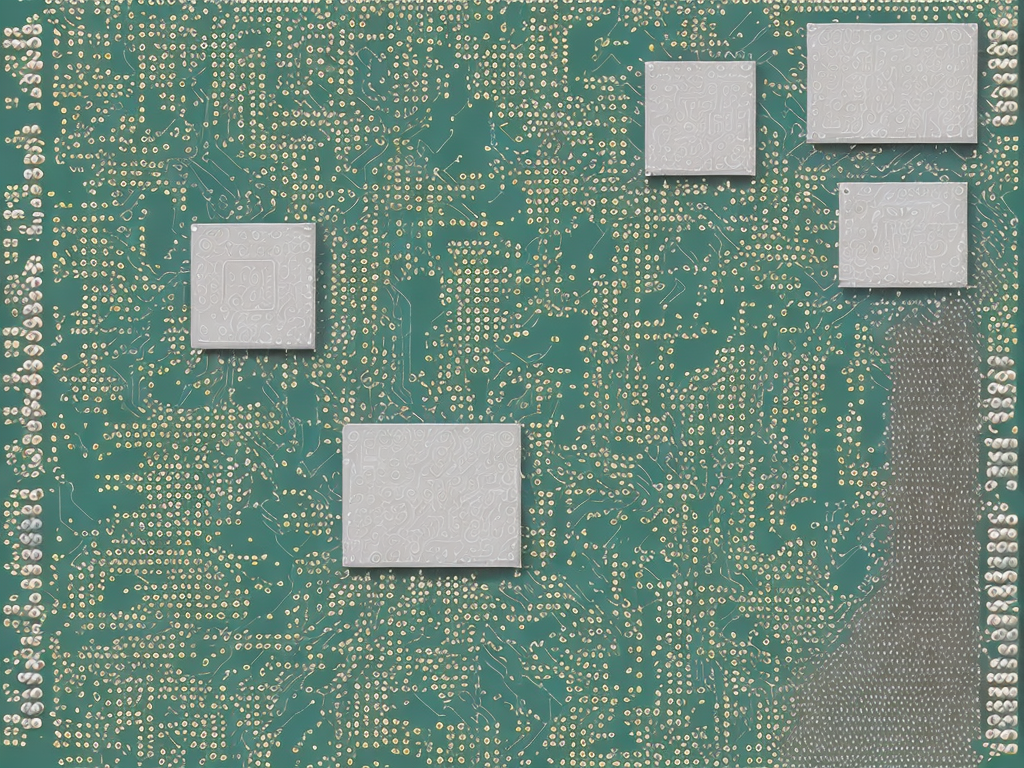
The 8085 and 8086 processors are both microprocessors that are widely used in computing, and although they have similarities, they are also unique in their own ways. The 8085 was released in 1976, while the 8086 was released two years later in 1978. The 8086 was designed as an answer to the limitations of the 8085 in terms of performance and capability.
The architecture of both processors is different, with the 8085 having an 8-bit architecture while the 8086 has a 16-bit architecture. This means that the 8086 can handle twice as much data as the 8085. The 8085 has a 16-bit address bus that means it can access up to 64KB of memory, while the 8086 has a 20-bit address bus that allows it to access up to 1MB of memory.
The internal structure of the 8085 and 8086 is different. The 8085 has a simpler structure with fewer instructions, whereas the 8086 has a more complex structure with more instructions. The 8086 was designed with a CISC (Complex Instruction Set Computer) architecture that has a large instruction set that can perform complex operations, such as mathematical calculations, in a single instruction. The 8085, on the other hand, was designed with a RISC (Reduced Instruction Set Computer) architecture that has a smaller instruction set but performs each instruction in fewer clock cycles. This makes the 8085 a more efficient processor in terms of clock cycles per instruction.
The 8085 and 8086 also differ in the number of registers they have. The 8085 has six general-purpose registers, while the 8086 has eight general-purpose registers. The 8086 also has additional segment registers that are used to manage memory segmentation. Memory segmentation is the process of dividing memory into segments, which allows the processor to access larger amounts of memory.
Another difference between the 8085 and 8086 is their clock speed. The 8085 operates at a clock speed of up to 3 MHz, while the 8086 has a clock speed of up to 10 MHz. The clock speed of a processor is a measure of the number of clock cycles that it can execute in a second, which affects its overall performance. The higher the clock speed, the faster the processor can execute instructions.
The 8086 also has additional features that the 8085 lacks. One of these features is memory paging, which is a technique used to manage memory more efficiently. Memory paging involves dividing memory into small pages that can be swapped in and out of physical memory when needed. This enables the processor to access more memory than is physically present in the system, which is useful when running large programs or multiple programs simultaneously.
The 8086 also has a separate I/O space that is used for input and output operations. This space is separate from the main memory address space, which reduces the risk of data corruption and provides an efficient way to manage input and output operations. The 8085, on the other hand, uses the same address space for both memory and I/O operations, which can cause data conflicts.
One important aspect to consider when choosing between the 8085 and 8086 is compatibility. The 8085 is not backward compatible with the 8086, which means that software designed to run on the 8085 may not run on the 8086. However, the 8086 is backward compatible with the 8085, which means that software designed to run on the 8085 will run on the 8086. This means that migrating from the 8085 to the 8086 can be easier than migrating from the 8086 to the 8085.
In conclusion, both the 8085 and 8086 processors have their own unique characteristics, and choosing between the two depends on the specific requirements of the system or application. The 8085 is a simpler processor with fewer instructions and a smaller memory capacity, while the 8086 is a more complex processor with more instructions and a larger memory capacity. The clock speed, number of registers, and memory management features also differ between the two processors. Ultimately, the choice between the 8085 and 8086 depends on the specific needs of the system and the requirements of the application.
 Self-Instruct
Self-Instruct